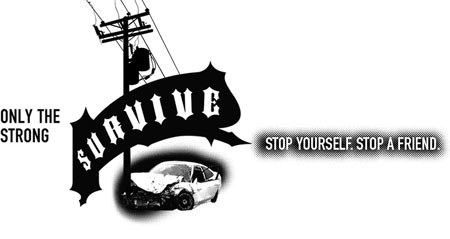
Resources
Chemistry
Ecstasy is a stimulant. Its effects are similar to those of methamphetamine. Ecstasy affects the brain by forcing it to produce huge amounts of the chemical serotonin, which regulates mood, aggression, sexual activity, sleep, and sensitivity to pain. The nerve cells that store serotonin are then damaged. Once the unnatural flood of serotonin from ecstasy wears off, there's no natural serotonin to take over. That makes the user have trouble sleeping, learning, remembering, and feeling good.
Similar to methamphetamine, ecstasy causes the brain to release dopamine, which is responsible for the body to feel pleasure. After ecstasy wears off, the dopamine level dramatically drops, causing the user to feel depressed and cranky.
Ecstasy raises the body temperature and heart rate. Combining this with hot conditions, like dancing in a party or club and not drinking enough water, can lead one to heatstroke, which is the primary cause of death from ecstasy. Taking ecstasy in combination with other drugs, such as alcohol, can increase the risk of dehydration and mislead users about how intoxicated they really are.
Recent reports prove that ecstasy causes brain damage. In studies, brain scans show that ecstasy users have much fewer serotonin transporters, which are needed to absorb the serotonin from the spaces between the brain cells after it has completed its job. The more you use ecstasy, the more you lose these serotonin transporters. This limits the brain's ability to regulate your mood, sleeping and eating habits, thinking and behavior, sexual function, and sensitivity to pain.
In another study, heavy ecstasy users had memory problems that lasted for two weeks or more after they had stopped using the drug. The more ecstasy they used, the harder it was for them to remember what they saw and heard during the testing. In addition, researchers believe that ecstasy can mess up one's ability to reason verbally or pay attention.


